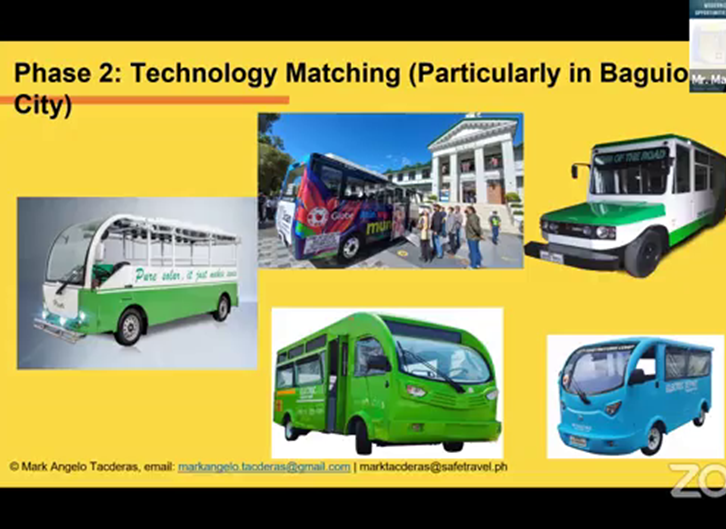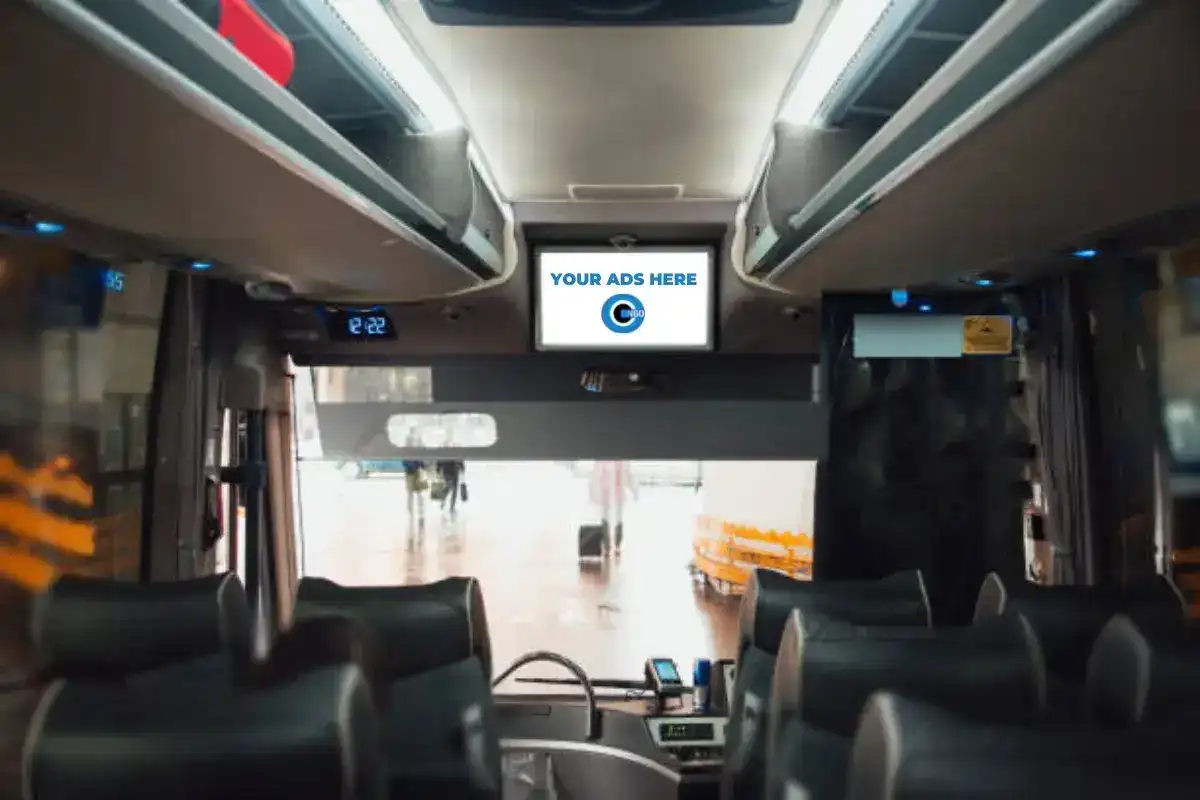Increase Your Organization with Transit Advertising Philippines
Increase Your Organization with Transit Advertising Philippines
Blog Article
Recognizing the Duty of Transportation Advertising And Marketing in Enhancing Brand Name Visibility and Customer Interaction
Transportation marketing has become a crucial aspect in the advertising and marketing landscape, providing one-of-a-kind possibilities for brand names to elevate their exposure and engage customers successfully. With the capacity to reach a diverse and captive audience during their day-to-day commutes, these advertising methods are not simply regarding visibility; they are about producing meaningful links with possible customers. As we explore the multifaceted benefits and cutting-edge approaches within transportation advertising and marketing, it becomes vital to take into consideration how these elements jointly affect customer understanding and behavior, raising inquiries concerning their lasting impact on brand name loyalty.
Meaning of Transit Advertising
Transit advertising and marketing describes the technique of advertising products, solutions, or brand names via ads placed in and around mass transit systems. This type of advertising and marketing includes a variety of positionings, consisting of posters on trains and buses, electronic screens at transit stations, and wraps on the exterior of vehicles. It intends to get to a diverse target market, exploiting on the high foot website traffic associated with public transit.
Transit advertising and marketing is tactically positioned to catch the focus of commuters, that typically invest considerable time waiting or taking a trip. By integrating promotions into the daily regimens of individuals, brand names can produce an enduring impact and foster brand acknowledgment. The tool is especially effective in city settings, where mass transit is a primary mode of traveling.
Additionally, transit advertising and marketing can promote localized targeting, permitting organizations to reach certain demographics based upon transit paths and station areas. As urban populaces expand and making use of public transportation rises, this marketing approach has gotten prominence as an essential part of integrated advertising and marketing techniques. The dynamic nature of transit marketing, combined with its capability to involve consumers in a captive setting, emphasizes its importance in modern marketing methods.
Benefits of Transit Marketing
The effectiveness of transit marketing hinges on its capability to supply a multitude of benefits to brands looking for to boost exposure and involvement. One of the main benefits is the substantial reach it supplies; transportation advertisements can successfully target varied demographics throughout city locations, getting to both commuters and pedestrians alike. This broad exposure dramatically enhances brand name awareness.
One more benefit is the high frequency of impressions. As transit automobiles take a trip along recognized paths and quit at multiple locations, they develop repeated exposure that enhances brand messages. This regularity fosters familiarity, which is essential in customer decision-making.
Transportation advertising and marketing is also affordable contrasted to other media platforms. Offered its expansive reach and possibility for high perceptions, brands usually experience a lower cost per thousand perceptions (CPM), maximizing their advertising spending plan.
Additionally, transit ads can develop a feeling of community link. By straightening with neighborhood transportation systems, brand names can resonate with regional audiences and foster a sense of local satisfaction. This localized technique boosts brand loyalty and interaction, making transit advertising a compelling option for businesses aiming to solidify their existence in the market.

Reliable Approaches for Transit Projects
To make best use of the impact of transit campaigns, brands should utilize calculated preparation and execution tailored to their target market. Initially, identifying the demographic features of the audience utilizing public transportation is critical. This allows brand names to create individualized messaging that resonates with possible consumers.
Following, selecting the appropriate transit tools is vital. Whether using bus wraps, metro posters, or electronic screens, each tool has distinct benefits that can enhance visibility. For example, lively visuals on bus wraps can draw in attention, while electronic advertisements can be updated regularly to mirror timely promos.
Moreover, integrating a cohesive branding strategy across transit see this here platforms makes certain consistency and reinforces the brand's identity. Making use of appealing designs and remarkable taglines will enhance brand name recall amongst commuters.
Finally, timing is a vital factor in implementing effective transit projects. Launching campaigns throughout top traveling hours or neighborhood occasions can dramatically enhance exposure and interaction. By using these techniques, brands can successfully harness the capacity of transit advertising and marketing, fostering better understanding and connection with their target market. Eventually, a well-executed transit project can drive considerable development in brand exposure and consumer involvement.

Measuring Effect and Interaction
In evaluating the effectiveness of transit marketing campaign, exact dimension of influence and involvement is important for brand names seeking to enhance their advertising approaches. Metrics such as reach, regularity, and perceptions offer fundamental information to evaluate visibility. Evaluating these factors helps figure out the number of possible customers are revealed to the ads throughout their everyday commutes.
Involvement can be additional gauged with customer interactions, such as internet site traffic, social media sites discusses, and straight reactions to calls-to-action included in the ads. Making use of tools like QR codes or special URLs can help with monitoring of consumer habits straight linked to transit projects. Studies and comments devices also function as valuable methods to collect qualitative information on customer perceptions and recall of the advertisement.
Moreover, advanced analytics and acknowledgment designs can associate transit direct exposure with subsequent getting behavior, providing understandings right into the return on investment. By utilizing a thorough approach that integrates qualitative and measurable measures, brands can establish a nuanced understanding of their transportation advertising effect. Inevitably, this data-driven strategy allows brand names to refine their campaigns, ensuring they reverberate effectively with target audiences and improve total brand presence.
Study of Successful Campaigns
Effective transit ad campaign serve as compelling instances of how effective approaches can raise brand name presence and engagement. Transit Advertising Philippines. One remarkable case is the "I Love New York" project, which transformed the city's picture and brought in countless pop over to this site vacationers. By using train ads, signboards, and bus covers, the project produced a strong, natural brand name identity, resulting in a significant uptick in tourist and neighborhood service patronage
One more exemplary campaign is Coca-Cola's "Share a Coke" campaign, which leveraged transportation advertising and marketing to individualize the brand name experience. By including prominent names on marketing materials across various transit systems, Coca-Cola fostered a much deeper psychological link with customers, motivating them to share their experiences on social media sites.
Furthermore, the "Got Milk?" campaign effectively used public transport advertisements to get to a broad audience, strengthening the message of the value of milk in a well balanced diet plan. The project saw a quantifiable increase in milk consumption in target demographics.
These study illustrate that when executed attentively, transit advertising can considerably improve brand visibility, foster customer interaction, and drive measurable results, demonstrating its essential function in contemporary advertising strategies. - Transit Advertising Philippines
Verdict
In verdict, transit advertising and marketing serves as a crucial tool for improving brand name presence and fostering consumer involvement. Ultimately, the capability to determine interaction and assess effective case researches emphasizes the performance of transportation marketing in driving brand loyalty and consumer interactions.
Transportation advertising and marketing has actually arised as an essential component in the advertising landscape, using special chances for brand names to raise their exposure and engage customers successfully.Furthermore, transportation marketing can help with localized targeting, allowing companies to reach specific demographics based on transportation paths and station locations.In evaluating the effectiveness of transit advertising and marketing projects, exact measurement of impact and engagement is vital for brands looking for to maximize their advertising he has a good point and marketing approaches.Effective transit advertising campaigns serve as compelling examples of exactly how efficient strategies can boost brand visibility and involvement.In final thought, transit marketing serves as a crucial tool for boosting brand visibility and cultivating customer engagement.
Report this page